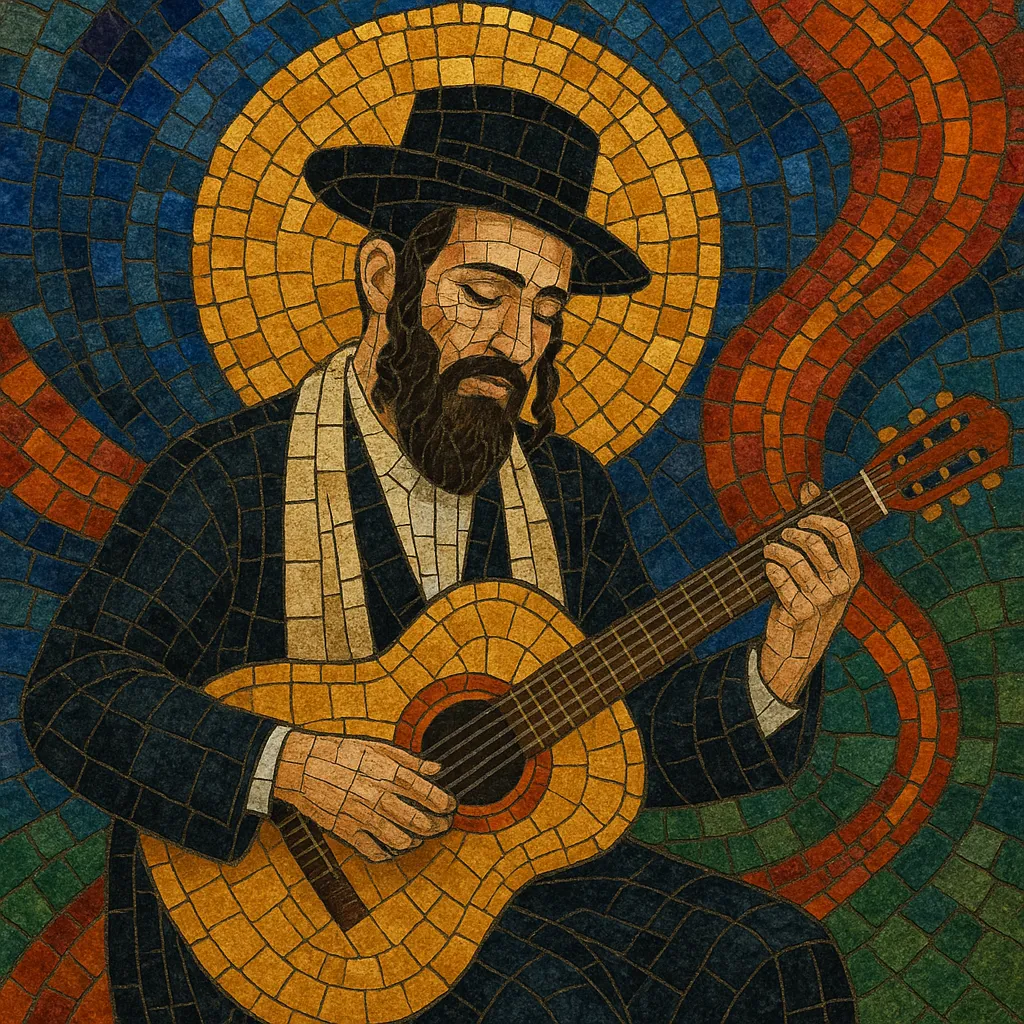Orthodox pop is a strand of contemporary pop music created by and for Orthodox Jewish communities that blends mainstream pop production with religious themes, Hebrew and/or Yiddish lyrics, and melodies derived from synagogue modes and Hasidic nigunim.
It typically features polished, radio-friendly arrangements, large sing‑along choruses, and inspirational messages drawn from scripture, prayer, and traditional texts, while observing community norms (for example, modest presentation and men-only performances in Haredi contexts).
Orthodox pop coalesced in the late 1970s as Orthodox Jewish artists began applying the sound and structure of contemporary pop to religious subject matter. Early pioneers drew on Hasidic nigunim, synagogue modes, and wedding‑band repertoire, while adopting modern studio production and song forms aimed at broad community appeal.
Through the 1980s and 1990s, dedicated producers, arrangers, and labels professionalized the scene. Albums and cassettes circulated widely in Israel and the diaspora, and large concert events helped standardize a style built around glossy keyboards, string pads, and rousing key‑change finales. The repertory expanded from dance numbers for celebrations to radio‑ready pop ballads and anthems.
In the 2000s, Orthodox pop incorporated elements from contemporary R&B, dance‑pop, and Mizrahi/Oriental influences, mirroring broader Israeli pop trends. Improved distribution, DVDs, and online platforms increased international visibility, and artists began collaborating across Israel, the United States, and Europe.
The 2010s saw notable crossover in Israel as religiously observant singer‑songwriters reached mainstream charts while retaining spiritual themes. Streaming platforms amplified the genre’s footprint, diversified production aesthetics (from acoustic, piano‑led ballads to EDM‑tinged singles), and enabled global audiences within and beyond Orthodox communities.
Write songs that place faith, prayer, gratitude, and biblical or liturgical texts at the center, delivered through accessible pop hooks and uplifting messages. Keep language primarily in Hebrew or Yiddish, and observe community performance norms (e.g., men’s vocals in Haredi contexts).
Favor memorable, singable melodies that often reference Hasidic nigunim and synagogue modes (e.g., Ahava Rabbah/Freygish). Use consonant, major‑leaning harmonies and familiar pop progressions (I–V–vi–IV; vi–IV–I–V), and consider a late key change to heighten climactic choruses.
Use steady 4/4 at 90–130 BPM for anthemic pop and dance numbers. For celebratory tracks, incorporate Mizrahi/Oriental dance feels with darbuka or frame‑drum patterns alongside standard drum kit or programmed beats. Balance ballads with upbeat hora/wedding‑friendly pieces.
Combine modern pop tools (synths, piano, electric bass, clean electric/acoustic guitars, programmed drums) with color from klezmer‑adjacent instruments (clarinet, violin) and Middle‑Eastern percussion. Layer stacked harmonies and crowd “response” vocals to encourage communal sing‑along, and use strings/pads for warmth.
Structure songs in concise pop forms (verse–pre‑chorus–chorus–bridge). Draw lyrics from Psalms, prayers, and traditional phrases, or paraphrase them in contemporary idiom. Keep the tone inspirational and family‑friendly, with clear moral or devotional takeaway.
Aim for bright, polished mixes with clear lead vocals, supportive reverb, and controlled dynamics. Emphasize intelligibility of sacred text, and consider live versions or choir overdubs to evoke communal worship.


